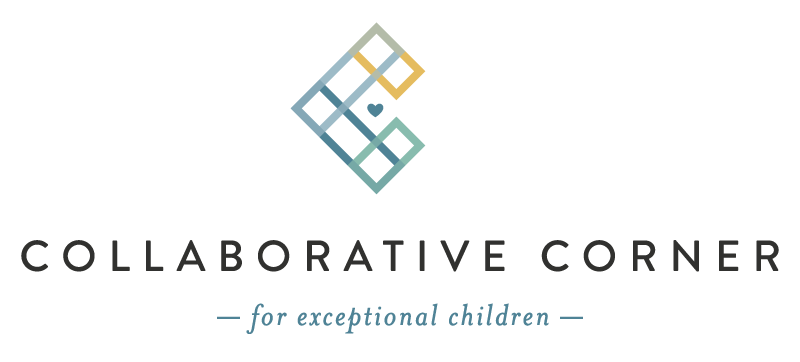Early Interventions You Can Implement Now
Do you have a child with a suspected or diagnosed developmental delay or disability and are waiting for therapies or other interventions to begin? If so, there are things you can implement at home immediately to start helping your child.
Teach Your Child Sign Language
If your child is struggling to communicate, that can be frustrating for you both. Teaching your child simple signs for everyday requests, such as “more” and “help” can minimize that frustration. Rachel Coleman’s Baby Signing Time is an excellent tool for teaching the whole family basic sign language in a lively and engaging format.
Provide Your Child Access to Augmented and Alternative Communication Devices (AAC) and Tools
AAC devices and tools are other great resources for preverbal or minimally verbal children. An affordable and easy to use AAC module is available on the Otsmio Special Education App in the App Store. Another simple option is to create AAC visuals using symbols from a program such as Boardmaker. These are just two options of the many available to use with your child to again help minimize the frustration of communication struggles.
Introduce Sensory Play
Children with exceptional needs often have sensory needs that can cause a lack of focus, behavior problems, emotional dysregulation, and more if not addressed. They may seek specific sensory input and avoid others. For example, a child may enjoy spinning but avoid swinging. Or they may love to squish Play Do but avoid touching gooey slime. Determine which sensory input your child seeks out and provide multiple opportunities throughout the day to experience it.
Predictable Routines
It may already be difficult for children with exceptional needs to understand the complexities of the world around them. When their daily routines are unpredictable, it can add to that challenge. Predictable routines are vital in developing a healthy home environment for everyone! Consider creating visual schedules for your child’s morning routine, school or daycare routine, evening routine, etc. Check-out Boardmaker for suggestions.
Use Your Child’s Strengths and Interests as Reinforcement
As much as you want to help your child overcome their challenges, remember it is within their strengths and interests where they will achieve the best results! Any opportunity to encourage them to build their talents and use what they love to do as reinforcement when they attempt or accomplish a goal will quickly tap into their potential!
If you have any questions or concerns, please reach out to us. You can contact Amy Nielsen via email at anielsen@collaborativecorner.org or on our website at www.collaborativecorner.org.
Amy Nielsen
Creator/Owner of Big Abilities Blog and Podcast
Panelist and Parent Advocate
anielsen@collaborativecorner.org

